The mountain draped lands of Himachal Pradesh lend an eccentric touch to the food habits of its people. Residing at median elevation of 6, pharmacy troche 500 meters above the sea level, pharmacy drugs with vegetable and fruit production restricted to lower regions, and a paucity of means of transportation, traditional food preparations in the state are mostly based on meat, cereals and lentils.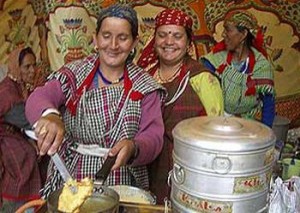
In the present times, we find food habits of people drawing strong influence from the neighboring Great Plains of India. Punjabi cuisine and food habits have rapidly gaining much popularity here. Regions of the state covering Lahaul and Spiti find stark influence from the Tibetan platter. Thubka (soup) and momos have emerged as local favorites.
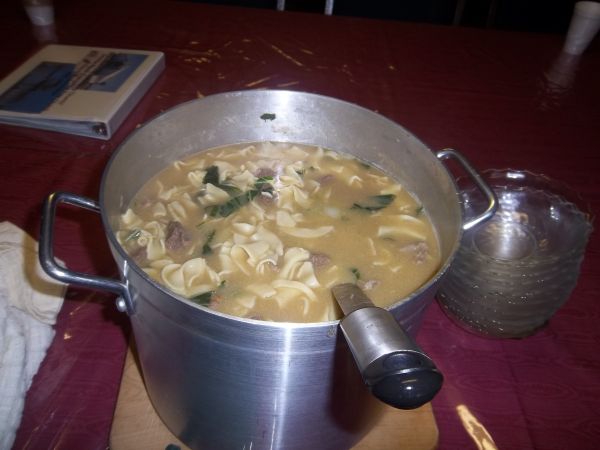
It’s only when you visit the hinterlands, or get a chance to join local celebrations that you find how diverse, dynamic and tantalizing the food from the different regions of Himachal Pradesh is.
Traditional preparations are dominated with locally available ingredients. The higher one transcends into the state, the more you discover a unique use of cereals, especially for preparing fermented dishes such as Bhaturu, marchu, siddu, babru, seera and other preparations such as ambua, khoru, khatti bhujji and many other tangy, tingling and sour preparations typical to the mountain people.
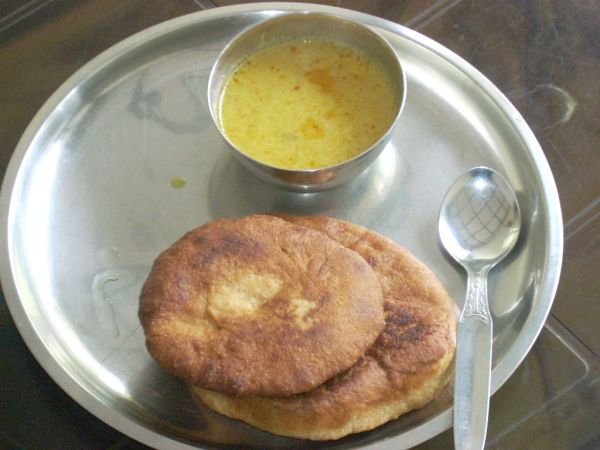
The staple food of Pahari people is also a fermented preparation called Siddu. It is prepared with fermented wheat dough, which is raised with the addition of yeast. To this they add a stuffing of lentils, meat, jaggery and other local ingredients of their choice. Served with hot ghee, it tastes best when freshly steamed.
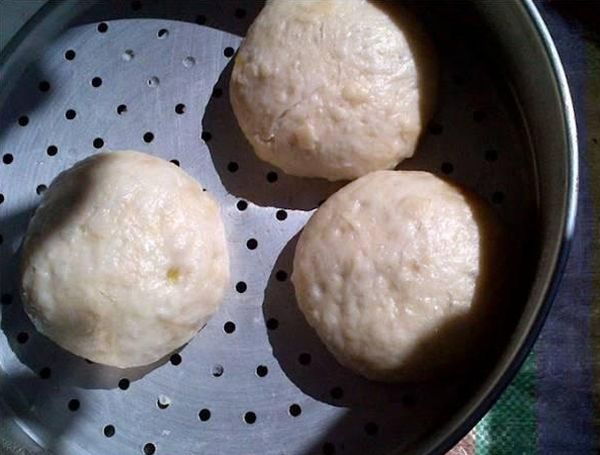
Since most parts of the state have vast pastoral lands, milk and milk products are liberally used in local food preparations. Ghee in particular is a favorite among locals. They not only season their food with homemade ghee, but also serve it as an accompaniment with everything sweet or savory.
The most popular festive meal of Himachal Pradesh is famously known as “Dham.” It generally includes serving an elaborate meal to a large gathering. According to tradition, the cooking rights for Dham are vested with the “Botis,” a special caste of Brahmins, who are believed to be hereditary chefs. Since the meal is prepared and served by Brahmins, one can’t expect any meat preparation.
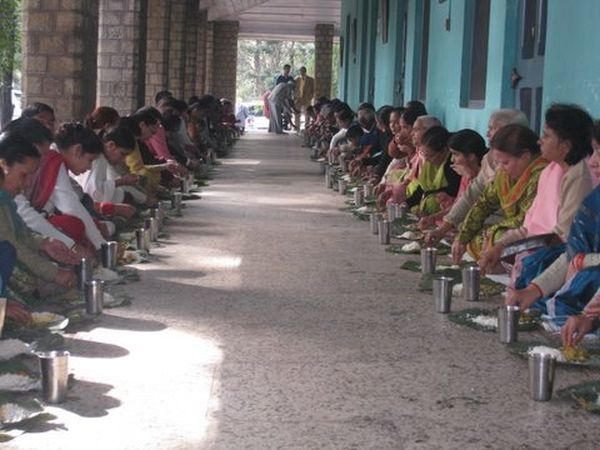
The meal preparations begin around midnight, for a meal that is to be served at midday. It’s a fully fledged three course meal served on banana leaves. It consists of rice, green lentils (green/moong dal), a madrah of beans (rajmah or sometimes channa) cooked in sour curd. This is followed by khutta made from tamarind and gur, and finally the feast ends with meetha rice that is liberally garnished with raisins and dry fruit.
And, even when the food preferences of people changes every few kilometer, most food preparations have a generous dose of spices including chili, cardamom, cinnamon, cloves and a hoard of other dry spices grown locally.
